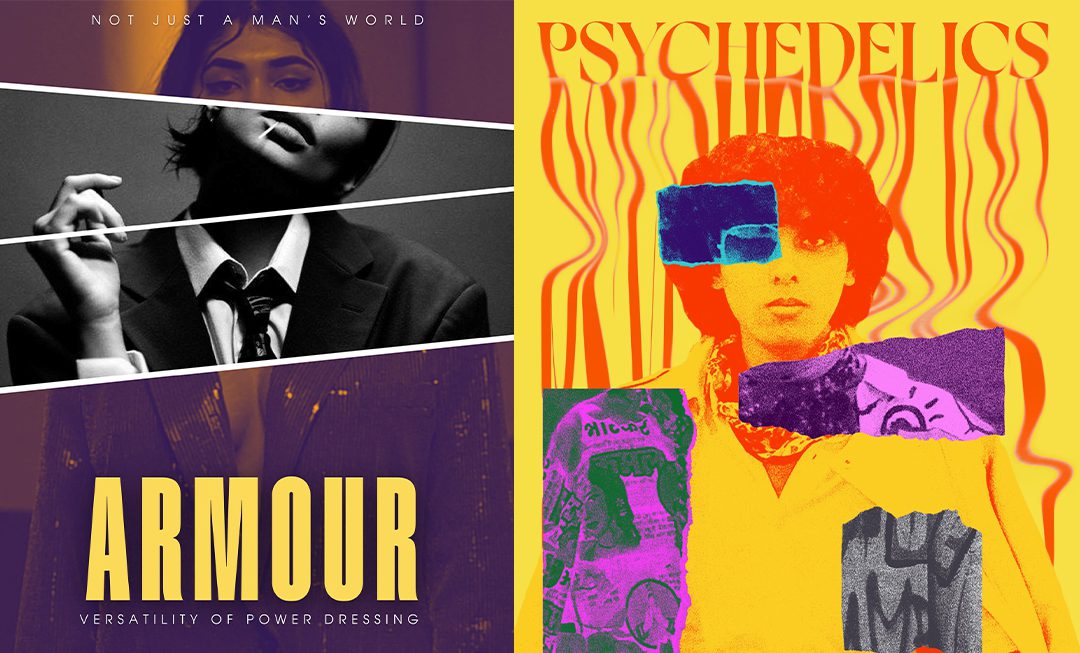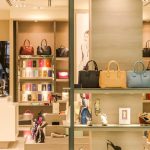By Madhumita Ghosh, Associate Professor and Filmmaker Pearl Academy
There has been a rise in fashion films as a powerful storytelling tool for products and brands in recent years, as films have emerged as a dominant and popular content medium. Fashion films showcase brands, designers and stories real and abstract, with artists and ideas placing fashion in the lead role or as a supporting cast. They exhibit fashion collections, brand campaigns, or artistic interpretations in the fashion industry, in contrast to traditional runway presentations or static fashion photography. They offer a dynamic and immersive approach to convey the visual and narrative aspects of a fashion brand or designer.
The world of fashion films has evolved as an explorative medium, encompassing a wide spectrum of cinematic experiences. Some captivate with their compelling storylines and well-defined characters, following a documentary format while others serve as a fusion of art films and advertising. Quite often, renowned film directors have explored the creative nature of the medium, making avant-garde films that are a rich combination of couture and cinematography. The French fashion house Dior, in 2009 sponsored the American filmmaker David Lynch in the production of his short film, Lady Blue Shanghai, a noir mystery. While the film featured a Dior accessory, the director was given a full creative licence. When Chanel was looking to reposition its flagship perfume No5, it looked to film director Baz Luhrmann, of Moulin Rouge fame to create the most expensive TV commercial which was more of a mini feature film. The latest film coming from the House of Chanel is a short film starring Timothee Chalamet and directed by cinema legend Martin Scorsese. Similarly, European Directors like Roman Polanski have worked with Prada, and the German Director, Wim Wenders produced a series of fashion films for Designer Jil Sander. Wim Wenders’s work of fiction is like the opening of movies that are “paused” at intense moments, leaving the audience curious to know the rest of the story.
Saint Laurent Productions made its debut in Cannes last year with Jean-Luc Godard’s unfinished project and a second film, Strange Way of Life, directed by Spanish director Pedro Almodovar. Both known for unconventional storytelling, the brand was aligned with the auteur, challenging traditional gender roles and seeking to speak to a more woke, democratized audience. These collaborations have merged the creative vision of both the filmmaker and the fashion designers, resulting in unique and visually stunning works.
Another reason for high fashion houses to take to the medium of digital films for high fashion marketing is social media outreach that has made fashion, earlier available to a niche audience, now accessible to anyone with an interest.
What remains apparent is that the fashion industry utilises fantasy and animation to produce a diverse range of still and moving visuals that tell a brand story. In this article, we have tried to explain what fashion film production entails, its relevance, and the role of couture and cinematography that makes it shine from the rest.
The Relevance
The fashion industry today is a competitive space with local and international brands competing to stand out. To truly make an impression, brands need to offer something unique. Fashion films are providing them with an opportunity to do just that. Also, the merging of cinema and digital technologies has facilitated the rise of fashion films as a modern genre. Fashion companies leverage these films to showcase their products, entertain and inspire their audience, share their heritage and traditions, and communicate their brand identity.
In the present day, the interplay between cinema and fashion is characterised by a reciprocal exchange, where film inspires couture, and designers contribute to the world of movies. The collaboration between Valentino’s creative director, Pierpaolo Piccioli, and the short film The Staggering Girl (2019) exemplifies this trend, just as Gucci’s ode to Stanley Kubrick’s surrealistic cinema (2022) in its fashion line and campaign. Designer Tom Ford has created numerous fashion films to highlight his collections as has Karl Lagerfeld, Versace, Stella McCartney and the unforgettable partnership of Alexander McQueen with cinematographer Nick Knight is legendary. These designers use fashion films not only to present their collections but to also convey the broader narratives and aesthetics of their brands.
The art of visual storytelling in cinema is effortlessly merged with the captivating allure of fashion, offering a platform for creative expression and narrative depth. By capturing fashion through a camera lens, garments are transformed into characters, and runways become vivid landscapes that captivate audiences worldwide. The entwinement of film and fashion is so valuable because the intrinsic power of both art forms is to tell a story. Prada and Gucci are such iconic brands that blend elements from fashion to literature, film, artefact and culture/heritage.
Role of Cinematography
Cinematography focuses on the visual storytelling aspects of filmmaking, highlighting the creative and technical choices made when capturing images on camera. Memorable movies are often characterised by their striking visuals, captivating performances, and engaging narratives. Lighting, art direction, styling and costume design are crucial elements necessary to create the mise-en-scene that greatly influences the overall cinematic experience, going beyond the mere dressing of characters to shape their identities, enhance narratives, and transport audiences into the film’s world.
The visual style of extravagant costumes and futuristic attire serves a dual purpose in establishing the ambience and character dynamics within the realm of fashion. The unique outfits not only contribute to the overall aesthetic but also play a crucial role in defining the characters’ roles, societal structures, and cultural norms.
Recognising the art form, several dedicated fashion film festivals have sprung up like the New York, Berlin and Milano Fashion Film Festival. These are a mecca for brands, agencies, directors and producers celebrating creativity and art in film.
If you are passionate about capturing stories and have a creative bent of mind, then Fashion Film production is a great career opportunity. At Pearl Academy, we offer professional courses in Filmmaking. Participants in this course will learn how to leverage experimental media techniques and technologies to craft a diverse range of ground-breaking moving image outcomes, transforming the visual representation of fashion narratives. We have a team of seasoned professionals and award-winning directors, who possess a diverse range of skills in the field of filmmaking. From scriptwriting to cinematography, editing to sound design and production direction, our faculty members bring a wealth of knowledge and practical experience to the classroom. They are also adept at incorporating cutting-edge technologies such as CGI, game engines, virtual reality, and augmented reality, enhancing the learning experience for our students. To know more about our short-term courses as well as professional certifications, you can click on this link.












